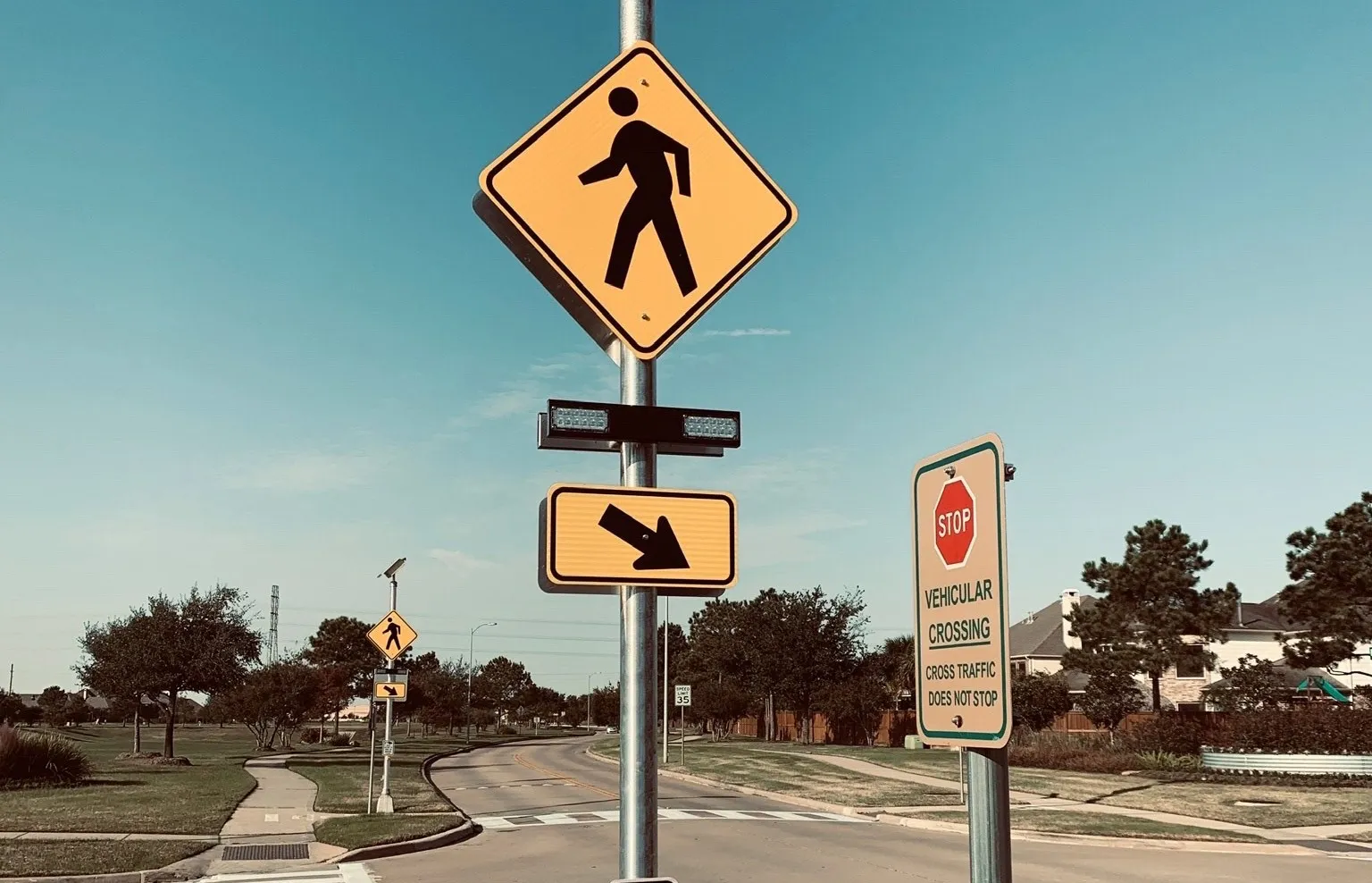As part of a recent rail investment package, the Department for Transport has ring-fenced a US$100 million fund for safety improvements to level crossings between 2014 and 2019, and Optex has announced that its Redscan laser detector has been specified as part of a new solution to automate signalling and detect whether or not a level crossing is clear from vehicles and pedestrians before allowing a train to pass through.
July 27, 2012
Read time: 2 mins
As part of a recent rail investment package, the 1837 Department for Transport has ring-fenced a US$100 million fund for safety improvements to level crossings between 2014 and 2019, and Optex has announced that its Redscan laser detector has been specified as part of a new solution to automate signalling and detect whether or not a level crossing is clear from vehicles and pedestrians before allowing a train to pass through.
Following nearly two years of testing, TEW Plus, a supplier of specialist CCTV and security products, has achieved full5021 Network Rail Product Approval for its level crossing obstacle detector using the Redscan as the core detection element. The complete MCB-OD Level Crossings solution incorporates Lidar as the complimentary obstacle detector (COD) working alongside Radar and CCTV surveillance equipment. The solution will be rolled out to more than 400 level crossings over the next five years.
In separate news, Network Rail is to install a spoken-word warning system at 63 level crossings, starting in the York/Selby area. Instead of a two-tone alarm, a spoken announcement will warn if another train is approaching. The Rail Safety and Standards Board has advised that voice messages should improve awareness, instead of relying solely on alarms.
Following nearly two years of testing, TEW Plus, a supplier of specialist CCTV and security products, has achieved full
In separate news, Network Rail is to install a spoken-word warning system at 63 level crossings, starting in the York/Selby area. Instead of a two-tone alarm, a spoken announcement will warn if another train is approaching. The Rail Safety and Standards Board has advised that voice messages should improve awareness, instead of relying solely on alarms.









